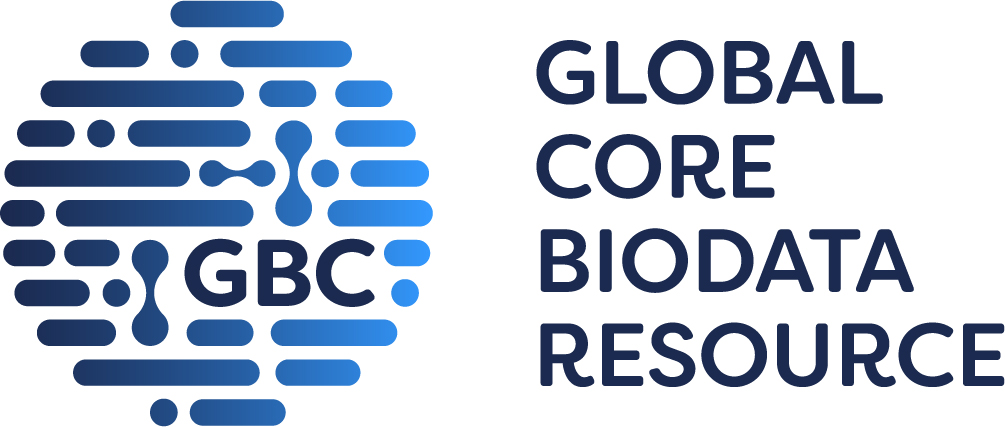
GtoPdb is requesting financial support from commercial users. Please see our sustainability page for more information.
Reticulons and associated proteins
Unless otherwise stated all data on this page refer to the human proteins. Gene information is provided for human (Hs), mouse (Mm) and rat (Rn).
Overview
The reticulon family is a large group of phylogenetically conserved membrane-associated proteins [4,6]. Alternative splicing is common within this gene family, with the four mammalian genes (RTN1–4) generating 11 well documented splice variants [1]. Although these proteins are structurally diverse, they all contain a highly retained functional domain known as the carboxy-terminal reticulon homology domain (RHD), which contains two hydrophobic regions flanking a hydrophilic loop of 60-70 amino acids.
Expression of reticulons is generally restricted to the endoplasmic reticulum, with evidence suggesting they play a role in shaping the highly curved membranes of the tubular endoplasmic reticulum network (thereby influencing endoplasmic reticulum-Golgi transport), vesicle formation, and inhibition of axonal growth [2]. Accumulating evidence is implicating reticulons in the pathogenesis of neurodegenerative diseases [1-2,5], and because of this activity certain reticulons have emerged as novel molecular targets for pharmaceutical intervention.
Targets
|
reticulon 4
Show summary »
More detailed page |
|
LINGO1 (leucine rich repeat and Ig domain containing 1)
Show summary »
More detailed page |
How to cite this family page
Database page citation:
Reticulons and associated proteins. Accessed on 28/12/2025. IUPHAR/BPS Guide to PHARMACOLOGY, http://www.guidetopharmacology.org/GRAC/FamilyDisplayForward?familyId=905.
Concise Guide to PHARMACOLOGY citation:
Alexander SPH, Kelly E, Mathie AA, Peters JA, Veale EL, Armstrong JF, Buneman OP, Faccenda E, Harding SD, Spedding M, Cidlowski JA, Fabbro D, Davenport AP, Striessnig J, Davies JA et al. (2023) The Concise Guide to PHARMACOLOGY 2023/24: Introduction and Other Protein Targets. Br J Pharmacol. 180 Suppl 2:S1-22.








